You can find aloe vera products in the skincare aisle, the produce section, and the beverage cooler. It comes as juice, creams, salves, and even pills. Our adoption of aloe vera is widespread. But, aside from all the potential uses, it makes a great houseplant, especially for those who might occasionally neglect their plant babies.

Aloe plants can be purchased in small pots from just about any grocery, big box store, or even the dollar store. However, learning to propagate them can still be fun and save a couple of bucks simultaneously.
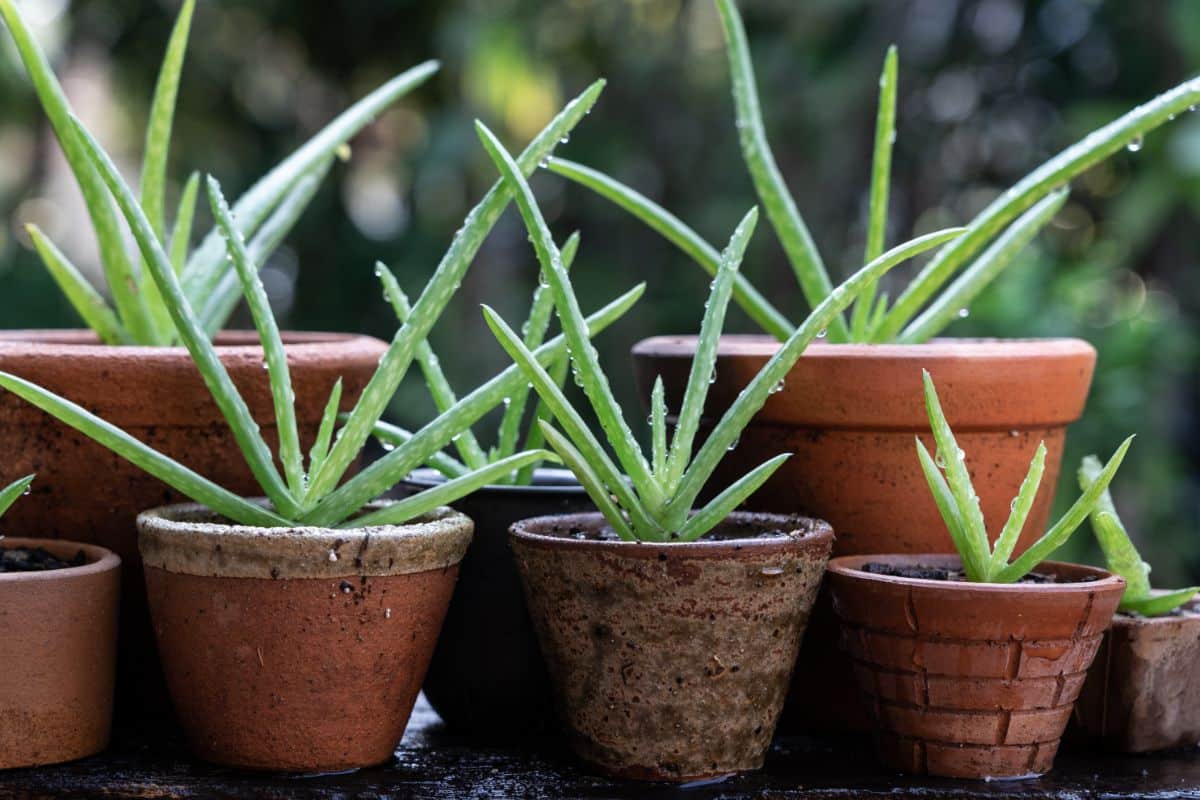
The plant we know as aloe vera is botanically named Aloe barbadensis Miller. The most commonly grown aloe, it is native to the Arabian peninsula but has been naturalized worldwide. Hardy to USDA zones 8-11, you may even be able to grow it outside if you live in the warmer parts of the country.
Jump to:
Other Varieties of Aloe To Try Propagating and Growing
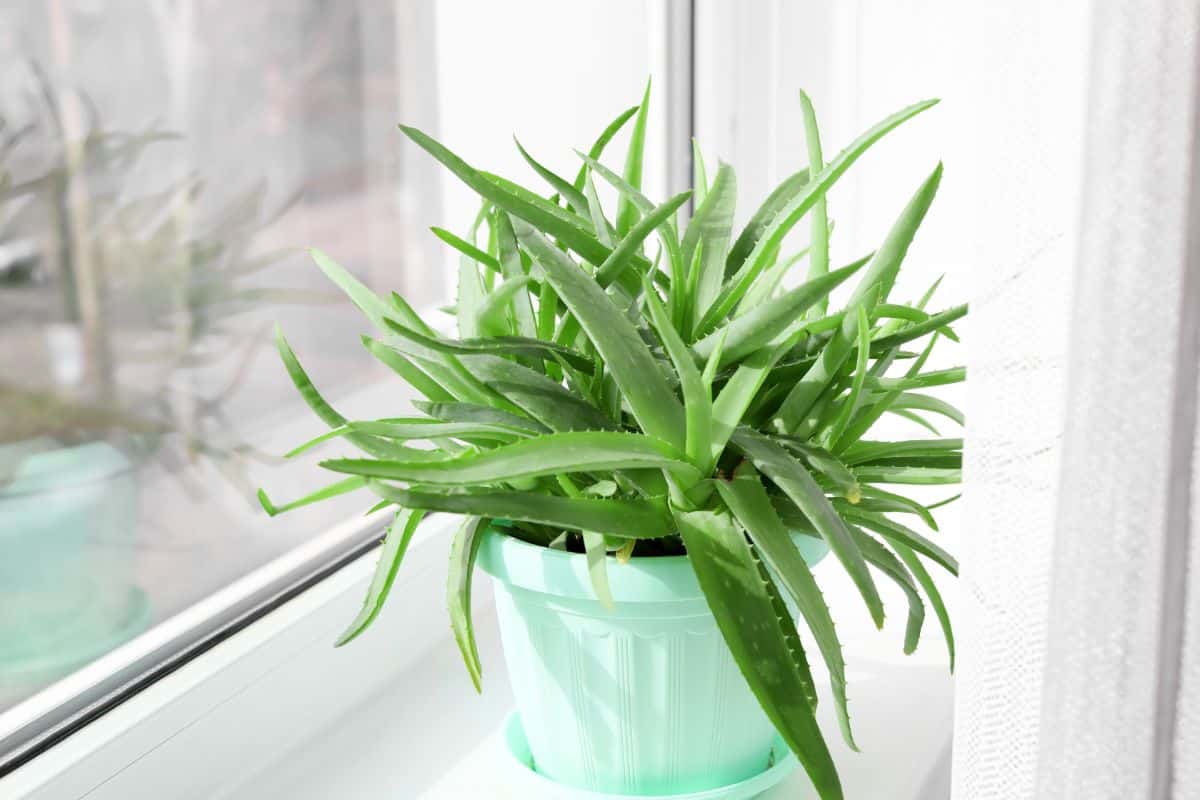
With over 500 species in the genus Aloe, there are some other aloes to try your hand at. Care and propagation are the same as with aloe vera.
- Tiger tooth aloe ( juvenna) leaves are covered with mean-looking teeth, but they are actually harmless. Tiger tooth aloe has a clumping habit and grows about a foot tall.
- Spider aloe (humilis) is a small compact plant whose leaves are covered in spikes and bumps, giving it a unique texture.
- Partridge Breast Tiger aloe (variegata) is native to South Africa. Its leaves are covered in white, horizontal stripes.
Ways To Propagate Aloe Vera
Aloe is usually propagated at home by either separating pups or using cuttings.
Aloe Vera Pups
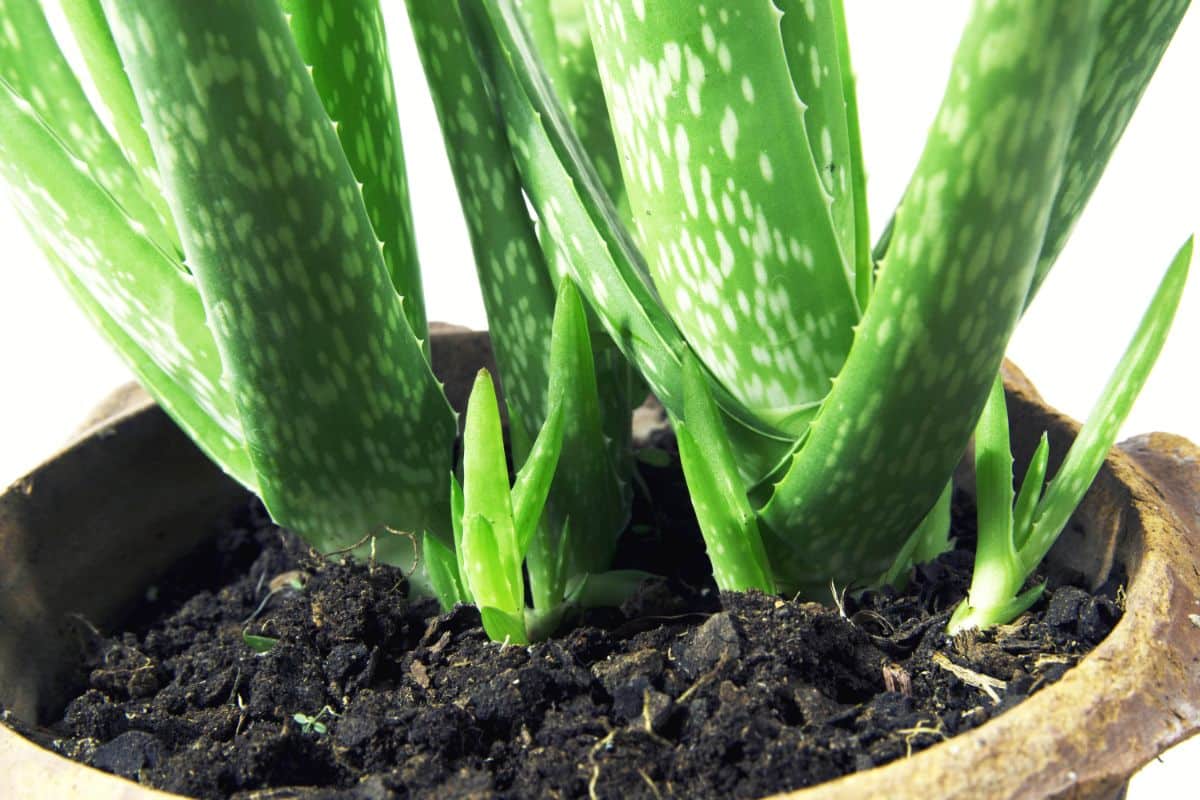
A healthy, established plant will put out pups, which are small new plants usually found at the edge of the pot. These pups can be separated from the mother plant and repotted.
- If you are repotting your mother plant, gently pry loose or remove the pups at this time. They will likely look like a piece of stem or stalk that was underground, plus a few leaves attached in a whorl and hopefully some roots.
- If not repotting the host plant, gently dig down into the soil and feel with your fingers. You should be able to follow the stalk down a little and find where it will separate. Pull it loose, or use a knife to sever it.
- Let the severed end dry. Leave the pup out on the counter out of sunlight for a day or two. It will callus and prevent further water loss.
- Like sticking a hardwood cutting, make a hole in your potting mix and insert the pup. The entire stalk should be in the soil, and the leaf base should be at the ground level. Firm up the soil around the pup.
- You may need to prop up your pup with small stones or other items added to the top of the pot. The pup doesn’t have many roots yet to hold it upright.
- Wait to water for a few days. The pup has plenty of fluids stored in its leaves. Let that old wound heal over before adding water to prevent rot. Then, water the same as an established aloe.
- Roots can take some time to grow. Be patient.
How To Grow Aloe Vera From Cuttings
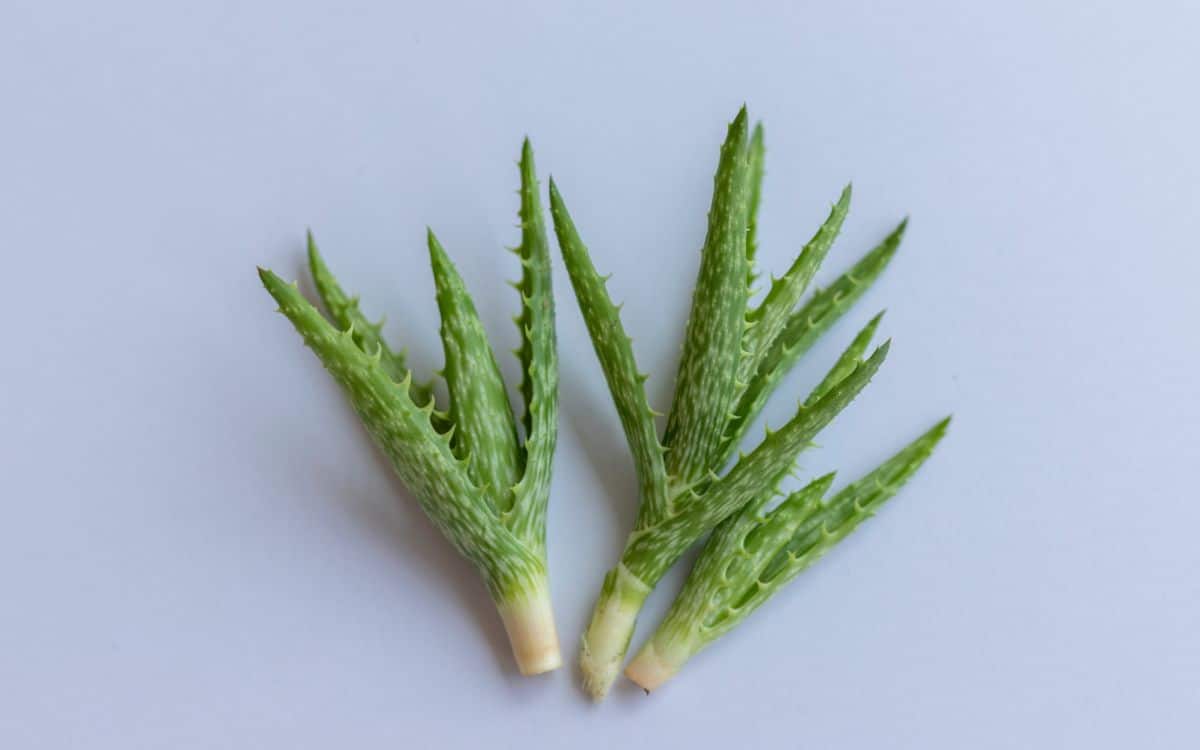
Propagating aloe plants from cuttings is less reliable than from pups and takes longer. However, if your aloe hasn’t made any pups, you can still try your hand at propagation. It may take several tries.
Stem cuttings work better than leaf cuttings. You can use this same method for leaf cuttings, but they often won’t root.
To propagate an aloe stem cutting:
- Locate new, healthy growth and follow it down until it attaches to the stem.
- Reach below where the group of leaves attach and cut the stem. Try to get an inch of the stem with the leaves.
- Allow the cutting to callus over by leaving it on the table for a day or two. Don’t try to plant it until the end has callused over. If it starts to get squishy or rot, compost it and try.
- ‘Plant’ the cuttings in cactus soil so the leaves are at the soil edge and the stem is buried. Again, you may need to prop them up with a couple of small stones.
- Place them in a bright, warm location.
- New roots may start to form in 4-6 weeks.
Tips For Growing Aloe Vera
- Aloe vera needs a container with good drainage and soil that drains well. This is a succulent that is tolerant of desert conditions. Moist, rich, fertile soil is not what it wants. Gritty, less fertile, and rapidly draining wins the day. Potting mixes for cacti or succulents work well.
- Let it dry out between waterings. Overwatering might be the most common cause of dead aloe houseplants. Aloes store water in their leaves and prefer infrequent deep waterings to many shallow waterings.
An overwatered aloe will start to look squishy and droopy. Underwatered aloe leaves will look thin instead of plump and juicy.
- Bright light. Aloes will thrive in bright, indirect light or even some full sun. Watch the leaves. If they start showing signs of scorching, move them back from the window. Like other plants, leggy or spindly growth indicates the plant wants more light.
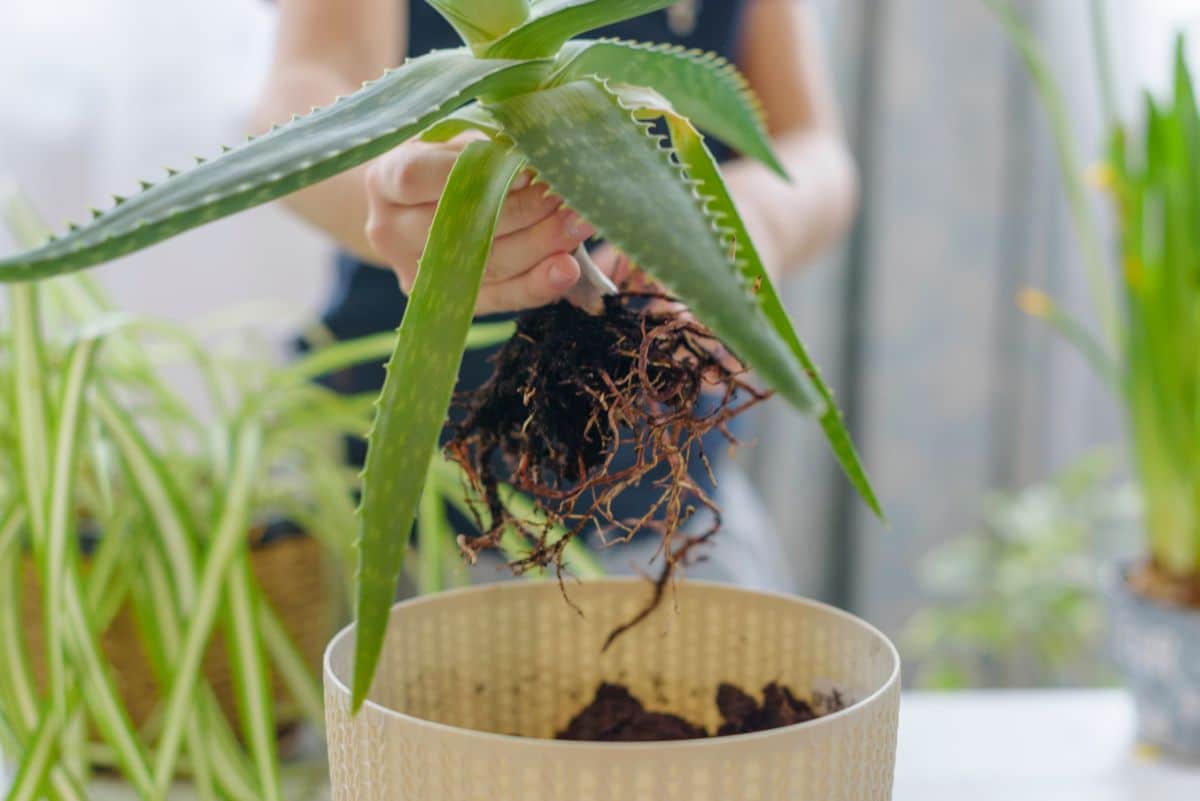
- Aloe doesn’t mind being a little crowded in its pot, and they almost seem to prefer it. Eventually, they will put out pups, which is an excellent time to repot the mother plant and separate the pups at the same time. Refresh the soil when you repot, and take care of the drainage in that new container.
- Terra cotta is an excellent container material for aloes. Not only do aloes look great in terra cotta pots, but it makes caring for them more manageable. Terra cotta pots breathe and allow humidity to escape. The soil dries more rapidly than a plastic pot, making them an ideal choice for succulents and cacti.

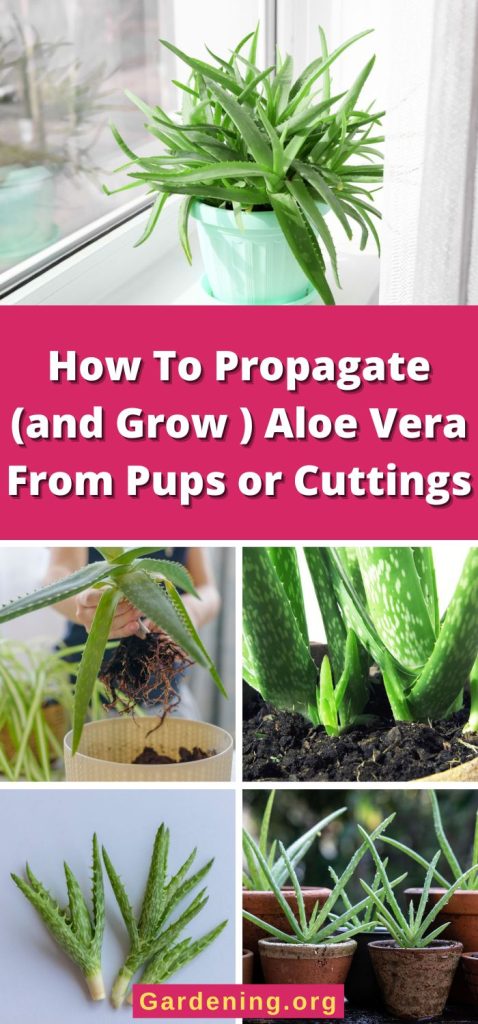
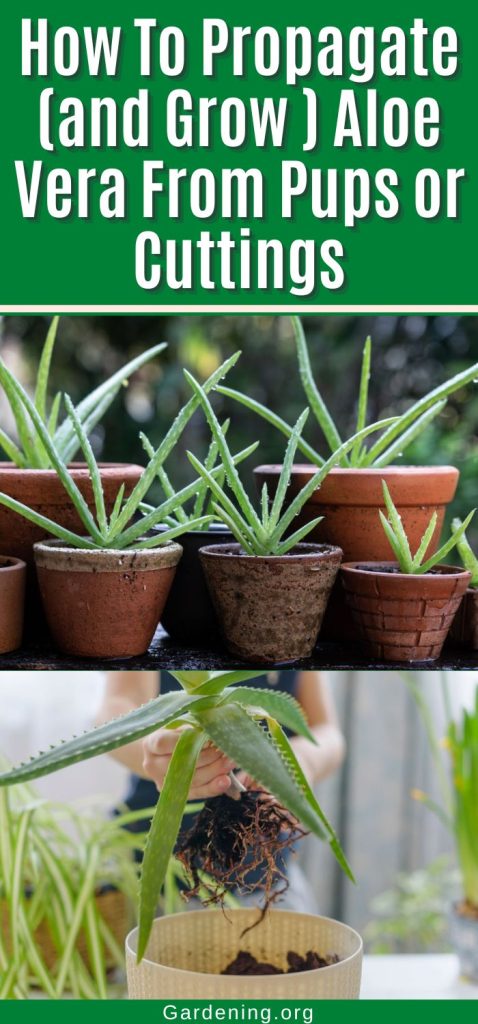
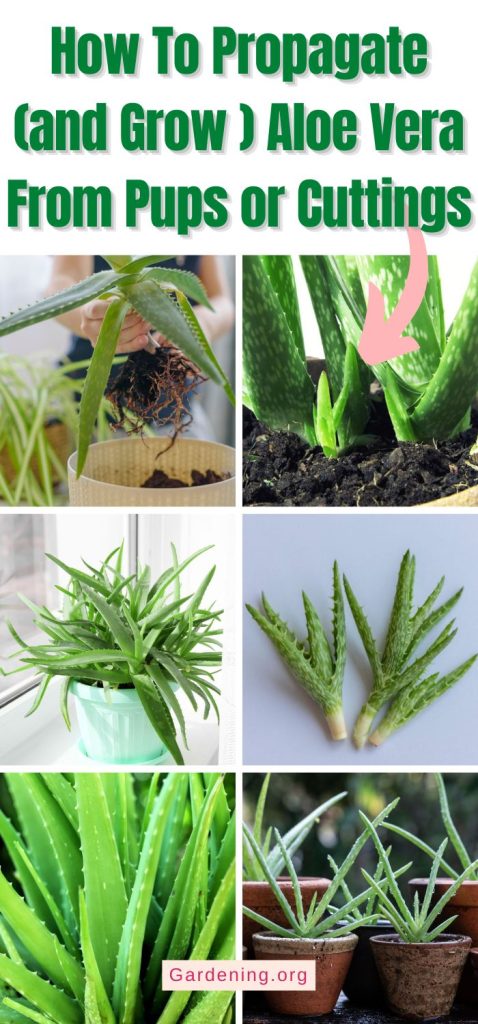
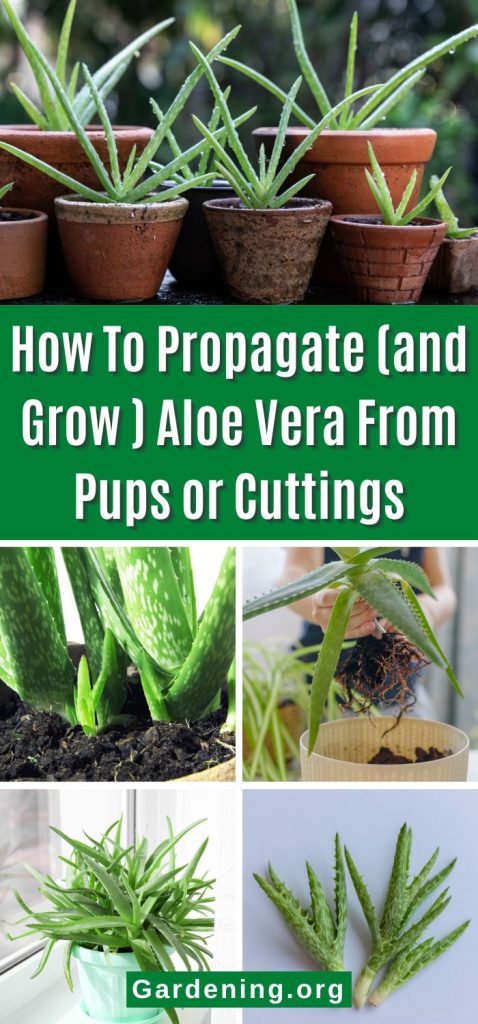
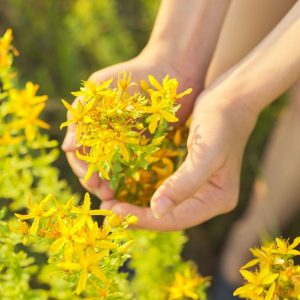
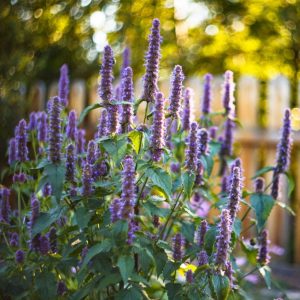
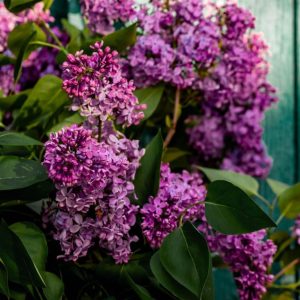
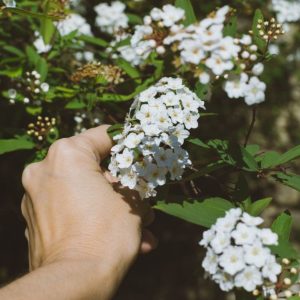
Joanne Hallis
I transplanted my aloa, it was very over grown. I got 13 new plants, but they are dieing. They are getting really mushy at the soil level and I have not watered them. I am afraid I am going to lose them all. Can you please help me? I have never had this problem before.